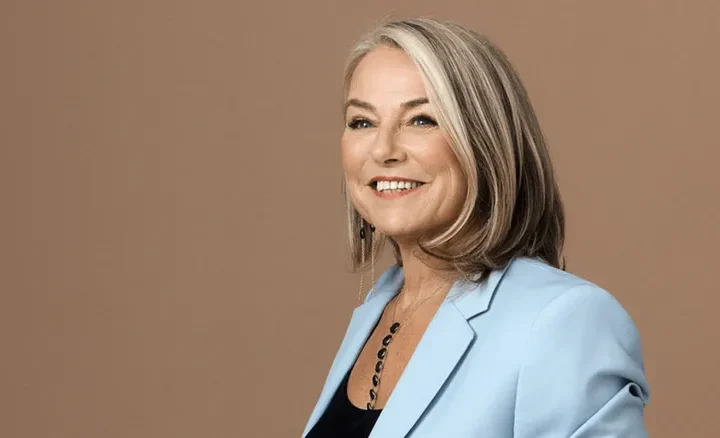Here are several strategies for reducing climate change that use renewable energy and carbon capture.
Arnold Schwarzenegger, a former Republican governor of California and climate activist, told the BBC’s Laura Kuenssberg last weekend that climate technology is the only solution to our global dilemma.
Although, the UK government granted permits to inject collected CO2 under the North Sea last week.
Dr Sultan Ahmed Al Jaber, who will preside over the COP28 climate summit in late 2023, was the keynote speaker at a recent conference in Abu Dhabi planned to demonstrate many of these climate technologies.
The conference included a range of topics, including the clean production of energy from renewable sources, the use of hydrogen in place of oil and gas in energy-intensive industries, the decarbonization of transportation, and various carbon capture methods.
These items are becoming more affordable in some cases. In Abu Dhabi, solar electricity cost roughly £2/kWh when the Tesla Roadster was introduced in 2008. It is currently less than 2p/kWh.
Hydrogen is being produced with some of that solar energy. One of the most effective ways to decarbonize the industry is through this. A sixth of all current emissions are attributable to the production of four different material types: steel, cement, aluminium, and chemicals. They require high temperatures, which are now primarily produced by petroleum.
One technique to produce the heat is with hydrogen; another is with electricity. Aluminium used in today’s BMWs was solar-powered and melted by Emirates Global Aluminium.
Capture offers promise where CO2 emissions are still going to occur. There are two types of carbon capture. Scrubbing CO2 out of industrial process chimneys is the first and simplest step. Following that, it is permanently reinjected into the earth, as with the most recent North Sea leasing agreements. They plan to begin within six years and have the capacity to store one-tenth of the UK’s CO2. The first such project, which captures CO2 from the actual oil production process, is already underway in Abu Dhabi.
Industrial emissions are not just able to be captured by chemical procedures. Microbes are used by LanzaTech. Its founder, Dr Jennifer Holmgren, described it as resembling a microbrewery on the side of a manufacturing facility, but without the use of yeast and with the usage of microbes instead. Fuels and polymers are produced from CO2. In addition to already producing fabrics for Zara apparel, this company intends to build an aviation fuel manufacturing facility in Port Talbot, Wales.
Direct air capture (DAC) is an additional method. The Porsche-Siemens e-fuel facility in Chile accomplishes this. Directly from the air, machines draw CO2. In order to produce petrol and other fuels without using any more carbon from oil wells, it is combined with hydrogen.
Although that sounds fantastic, scale is a significant obstacle. During the meeting, a business by the name of 1PointFive displayed a model of the largest plant in the world—currently under construction in Texas—that was being built by the company. One million tonnes of CO2 per year will be eliminated from the atmosphere. The issue is that 35 million [correction: thousand] times as much CO2 is emitted by humans each year on a worldwide scale.
Sultan Ahmed Al Jaber’s appointment as COP president has caused controversy because he is also a businessman and the CEO of ADNOC, the national oil firm of Abu Dhabi. He makes the case that the oil firms must contribute to the solution. We will, at the very least, continue to require petrochemicals. ADNOC recently acquired a significant stake in MADSAR, an Abu Dhabi green energy company that now operates in 40 countries, and he was also a founding member in 2006.
He told Top Gear outside the event that a tremendous global effort would be required from all angles.
“Instead of pointing fingers, we need to work together. We need to fight the enemy: emissions. We aren’t enemies of each other. Technology can and will and should address climate change.”
It is obvious that there cannot be a single, perfect solution. The Chief Technology Officer of ADNOC, the Abu Dhabi National Oil Company, Sophie Hildebrand, and I had a conversation. She is in charge of the $12 billion ($15 billion) in decarbonization investments made by the corporation.
Which technology holds the most promise? The world, she claims, must try everything:
“It’s an and-and conversation like the movie: everything everywhere all at once. For ADNOC, we’re working with the hard-to-abate industrial sectors. There are also a lot of things that can be electrified. Everything has to change.”
But she adds that investing in green technology is worthwhile. “Sustainability improves the bottom line.”






